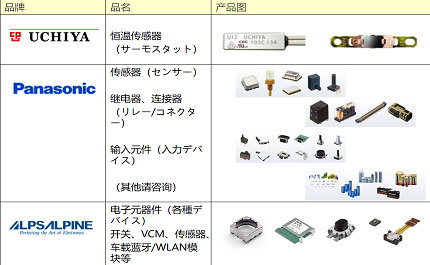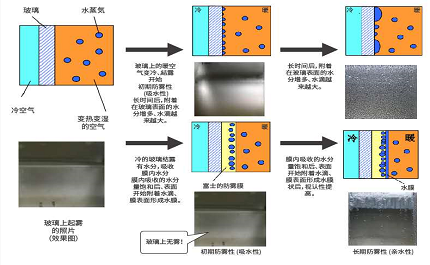Hospital elevator buttons are often the source of bacterial
A recent study by open medicine found that hospital elevator buttons were more likely to colonize a large number of specific bacteria than washroom surfaces, although most of these bacteria had no clinical relevance.
According to the study, the sources of hospital acquired infections are diverse, and the infection routes include doctors' white coats, computer keyboards, mobile phones, stethoscopes, tapes, ultrasonic probes and X-ray equipment. Hospital elevator hall is one of the most crowded areas in the hospital, so the elevator button in the hospital indirectly becomes the potential vector of bacteria transmission among different groups of people.
In three large tertiary hospitals in Toronto, Ontario, Canada, the researchers collected 120 elevator buttons and 96 cotton swabs on toilet surfaces at different times during weekdays and weekends. The researchers selected two buttons inside the elevator hall, which were random buttons on the first floor and the upper floor; in addition, they also selected two buttons outside the elevator hall, which were the "up" button on the first floor and the "down" button on an upper floor. The researchers sampled toilets near the elevator. Samples were taken from the inside / outside door handle of the toilet entrance, the door lock of the toilet compartment, and the surface of the flush toilet button.
The samples were identified by blind design. The scope of isolation by Gram staining did not include Clostridium difficile, respiratory virus or gastrointestinal virus. The results showed that the bacterial colonization rate on elevator button surface was higher than that on toilet surface (61% vs 43%); there was no significant difference in bacterial colonization among different sampling positions of elevator button, different sampling time of each week, first floor and upper floor.
The bacteria with the highest culture rate were coagulase negative staphylococcus, followed by streptococcus; Enterococcus and Pseudomonas aeruginosa were rarely found; Staphylococcus aureus, methicillin-resistant Staphylococcus aureus or vancomycin resistant Enterococcus were not isolated.
Most of the bacteria isolated from washroom surface were coagulase negative Staphylococcus. The colonization rate of bacteria in different washrooms was almost the same.
Because there is a potential risk of pathogen transmission on the elevator buttons in hospitals, the researchers put forward several suggestions to reduce the risk, such as placing disinfectant inside and outside the elevator room, installing non-contact inductive buttons, expanding the area of buttons to facilitate elbow touch, or educating elevator users about the importance of hand cleaning.
上一篇:"Non contact" industry leader
下一篇:没有了






 Webchat
Webchat